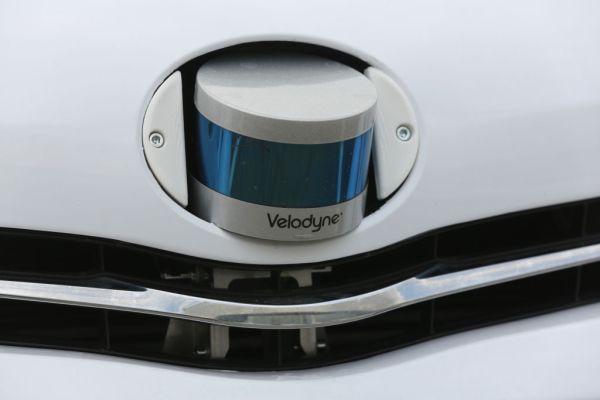Lidar sensors are likely to be essential to autonomous vehicles, but if there are none of the latter, how can you make money with the former? Among the industry executives I spoke with, the outlook is optimistic as they unhitch their wagons from the sputtering star of self-driving cars. As it turns out, a few years of manic investment does wonders for those who have the wisdom to apply it properly.
The show floor at CES 2020 was packed with lidar companies exhibiting in larger spaces, seemingly in greater numbers than before. That seemed at odds with reports that 2019 had been a sort of correction year for the industry, so I met with executives and knowledgeable types at several companies to hear their take on the sector’s transformation over the last couple of years.
As context, 2017 was perhaps peak lidar, nearing the end of several years of nearly feverish investment in a variety of companies. It was less a gold rush than a speculative land rush: autonomous vehicles were purportedly right around the corner and each would need a lidar unit… or five. The race to invest in a winner was on, leading to an explosion of companies claiming ascendancy over their rivals.
Unfortunately, as many will recall, autonomous cars seem to be no closer today than they were then, as the true difficulty of the task dawned on those undertaking it.
